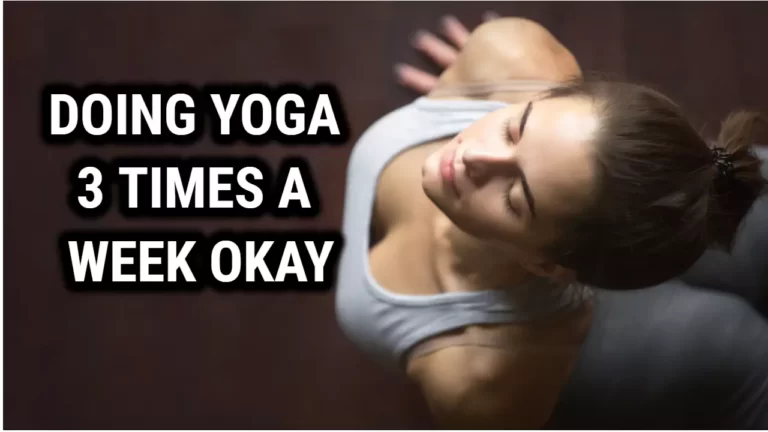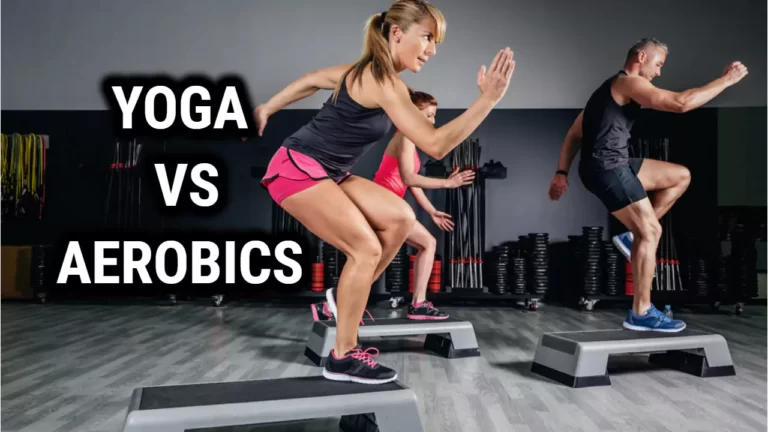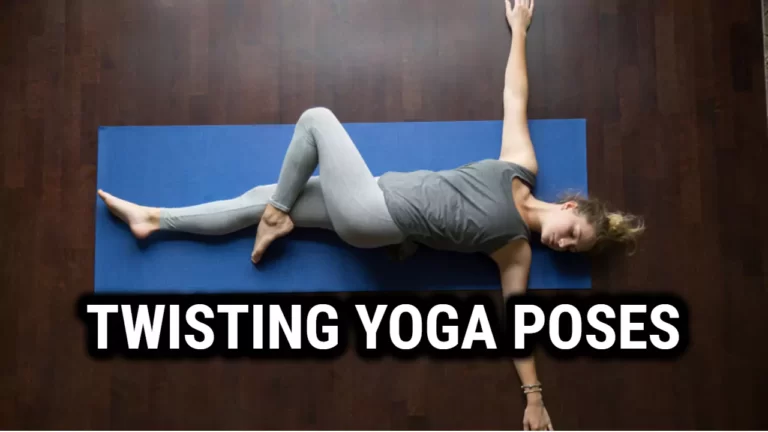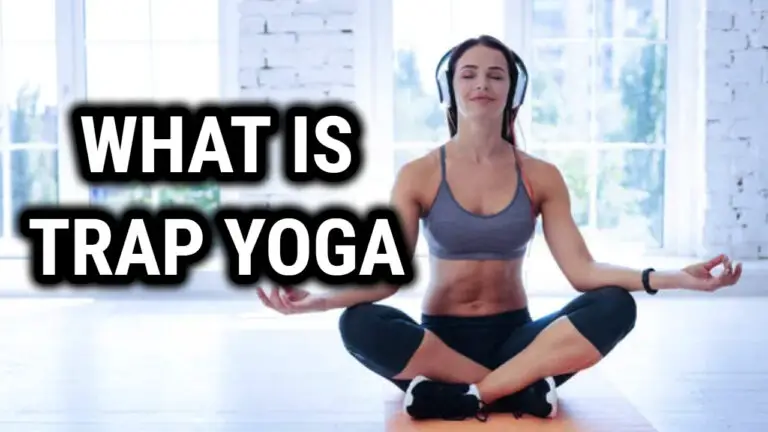Supine Yoga Poses: Relax Your Body and Mind with These Simple Exercises

Supine yoga poses are a fundamental aspect of any yoga practice. These poses are done lying on the back and are an excellent way to stretch and strengthen the body. They are perfect for beginners as well as advanced practitioners and can be easily integrated into any yoga sequence.
One of the most popular supine yoga poses is Savasana or corpse pose. This pose is typically done at the end of a yoga practice and is designed to promote relaxation and release tension in the body. Other popular supine asanas include Bridge pose, Happy Baby, Supine Twist, and Supine Bound Angle. Each of these poses offers unique benefits and can be used to target specific areas of the body.
When practicing supine yoga poses, it is essential to avoid placing excessive pressure on the spine to avoid injury or strain. It is also important to listen to your body and modify the poses as needed to suit your individual needs and abilities. With regular practice, supine yoga poses can help improve flexibility, reduce stress, and promote overall health and well-being.
Benefits of Supine Yoga Poses
Supine yoga poses are performed while lying on the back, face upwards. These poses are known for their calming, grounding, cooling, and supportive effects. Yoga teachers often sequence them at the end of a yoga class to help students release stress, promote flexibility, and integrate their practice. Here are some of the benefits of supine yoga poses:
- Relaxation: Supine yoga poses can help you relax and calm your mind. They can be especially helpful if you are feeling anxious, stressed, or overwhelmed. By lying on your back, you can let go of tension in your body and breathe deeply, which can help you feel more relaxed and centered.
- Flexibility: Supine yoga poses can help you improve your flexibility, especially in the hips, back, and legs. By stretching these areas while lying on your back, you can release tension and improve your range of motion.
- Core strength: Some supine yoga poses, such as leg lifts and bridges, can help you strengthen your core muscles. By engaging your abdominal muscles while lying on your back, you can improve your posture and stability.
- Pain relief: Supine yoga poses can help relieve pain in the lower back, neck, and knees. By releasing tension in these areas, you can reduce inflammation and improve circulation, which can help alleviate pain.
- Better sleep: Supine yoga poses can help you sleep better by reducing stress and promoting relaxation. By practicing these poses before bedtime, you can prepare your body and mind for a restful night’s sleep.
Overall, supine yoga poses can be a great addition to your yoga practice, whether you are a beginner or an experienced yogi. By incorporating these poses into your routine, you can enjoy their many benefits and improve your physical and mental well-being.
Top 5 Supine Yoga Poses for Beginners
Supine yoga poses are practiced while lying on your back. They are great for beginners as they help in relaxing the mind and body. Here are the top 5 supine yoga poses for beginners:
- Savasana (Corpse Pose) – This is the most famous and basic lying down yoga pose. It is a great way to relax and rejuvenate the body. Lie down on your back with your arms and legs extended. Close your eyes and focus on your breath. Stay in this pose for 5-10 minutes.
- Bridge Pose – This pose helps in strengthening the back, glutes, and legs. Lie down on your back with your knees bent and feet flat on the ground. Lift your hips up towards the ceiling while keeping your feet and shoulders on the ground. Hold this pose for a few breaths and then slowly lower your hips back down.
- Happy Baby Pose – This pose helps in stretching the hips and lower back. Lie down on your back and bring your knees towards your chest. Hold the outside edges of your feet with your hands and gently pull your knees down towards the ground. Hold this pose for a few breaths.
- Supine Twist – This pose helps in stretching the spine and hips. Lie down on your back with your arms extended out to the sides. Bring your knees towards your chest and then lower them down towards the right side of your body. Keep your left shoulder on the ground and gaze towards your left hand. Hold this pose for a few breaths and then switch sides.
- Supine Bound Angle Pose – This pose helps in stretching the hips and inner thighs. Lie down on your back and bring the soles of your feet together. Allow your knees to fall out to the sides. Hold this pose for a few breaths.
Practice these poses regularly to improve your flexibility, reduce stress and anxiety, and improve overall well-being. Remember to listen to your body and never force yourself into any pose.
Also Read: Standing Yoga Poses: Improve Balance and Flexibility with These Simple Moves
Advanced Supine Yoga Poses
For those who have been practicing supine yoga poses for a while, it may be time to challenge yourself with some advanced poses. These poses require more strength, flexibility, and balance, so it’s important to listen to your body and not push yourself too far. Here are some advanced supine yoga poses to try:
- Wheel Pose: This pose is also known as Urdhva Dhanurasana and requires a lot of upper body strength and flexibility. Start by lying on your back with your hands by your ears and your fingers pointing towards your feet. Lift your hips and chest off the ground, straightening your arms and legs. Hold for a few breaths, then slowly lower back down.
- Shoulder Stand: This pose is also known as Salamba Sarvangasana and is great for improving circulation and calming the nervous system. Start by lying on your back and lifting your legs straight up towards the ceiling. Place your hands on your lower back for support, then lift your hips and legs up towards the sky. Hold for a few breaths, then slowly lower back down.
- Plow Pose: This pose is also known as Halasana and is a great follow-up to Shoulder Stand. From Shoulder Stand, lower your legs over your head and towards the ground behind you. Keep your hands on your lower back for support, or interlace your fingers and extend your arms towards the ground. Hold for a few breaths, then slowly roll back down to the ground.
Remember to always warm up before attempting advanced poses and to listen to your body. If you feel any pain or discomfort, come out of the pose and rest. With time and practice, you may find that these advanced poses become more accessible to you.
Preparation For Supine Yoga
Before attempting any supine yoga poses, it is important to adequately prepare your body and mind. Supine yoga prep can help ensure that you get the most out of your practice and remain safe throughout. Here are some tips for preparing your body and mind for a successful session of supine yoga.
First, create an environment conducive to relaxation. Find a quiet, comfortable spot in your home or outside where you won’t be disturbed. Dim the lights, if possible, and play calming music to set the mood. Focus on deep breathing to clear your mind and relax your body.
Second, warm up with gentle stretching before attempting any more strenuous poses. Start with some simple neck rolls and shoulder shrugs to loosen up tight muscles in these areas. Then move down the body, stretching each muscle group as you go until all areas have been addressed. This will help prevent injury during your practice and make it easier for you to fully enjoy the poses.
Lastly, give yourself time for reflection after completing the practice. Take a few moments to sit quietly and observe how you feel both physically and emotionally – this mindfulness will allow you to appreciate the positive effects of supine yoga on both your body and spirit.
Related Read: Benefits of Downward Facing Dog Pose in Yoga
Conclusion
Supine yoga poses are an essential part of any yoga practice. They are calming, grounding, cooling, and supportive, making them a great way to relax and unwind after a long day. These poses release stress, promote flexibility, and help to integrate your practice.
Some of the most common supine yoga poses include Reclining Hero Pose, Bridge Pose, Plow Pose, Reclined Twist, Reclined Butterfly, Happy Baby, Legs Against The Wall, and Savasana. Each of these poses offers unique benefits, from stretching the hamstrings and quads to letting gravity do its work in the reclined twists that often end class.
When practicing supine yoga poses, it’s important to focus on your breath and be mindful of your body. Take a few deep breaths and allow your body to relax into the pose. Be aware of any tension or discomfort and adjust the pose as needed to ensure that you are practicing safely and effectively.
Whether you are new to yoga or an experienced practitioner, incorporating supine yoga poses into your practice can help you to feel more relaxed, centered, and grounded. So next time you step onto your mat, take a few moments to explore the benefits of these calming and supportive poses.





